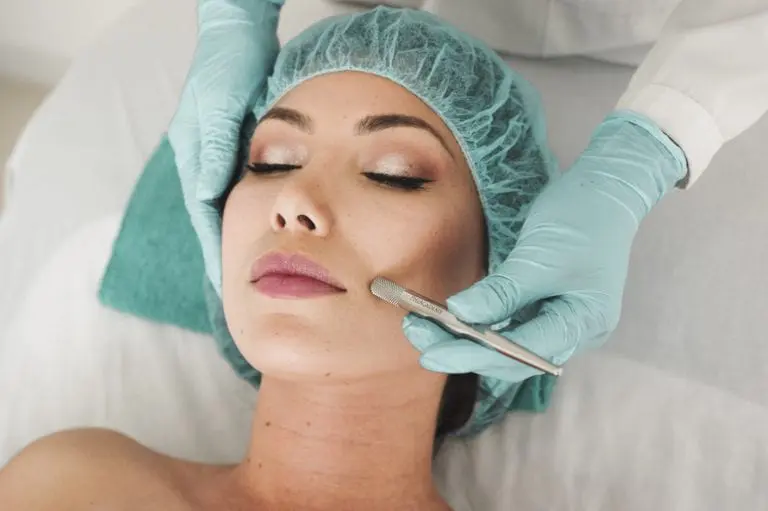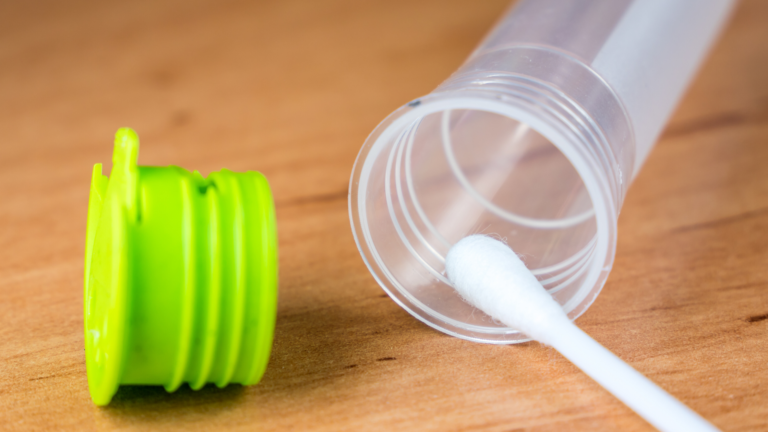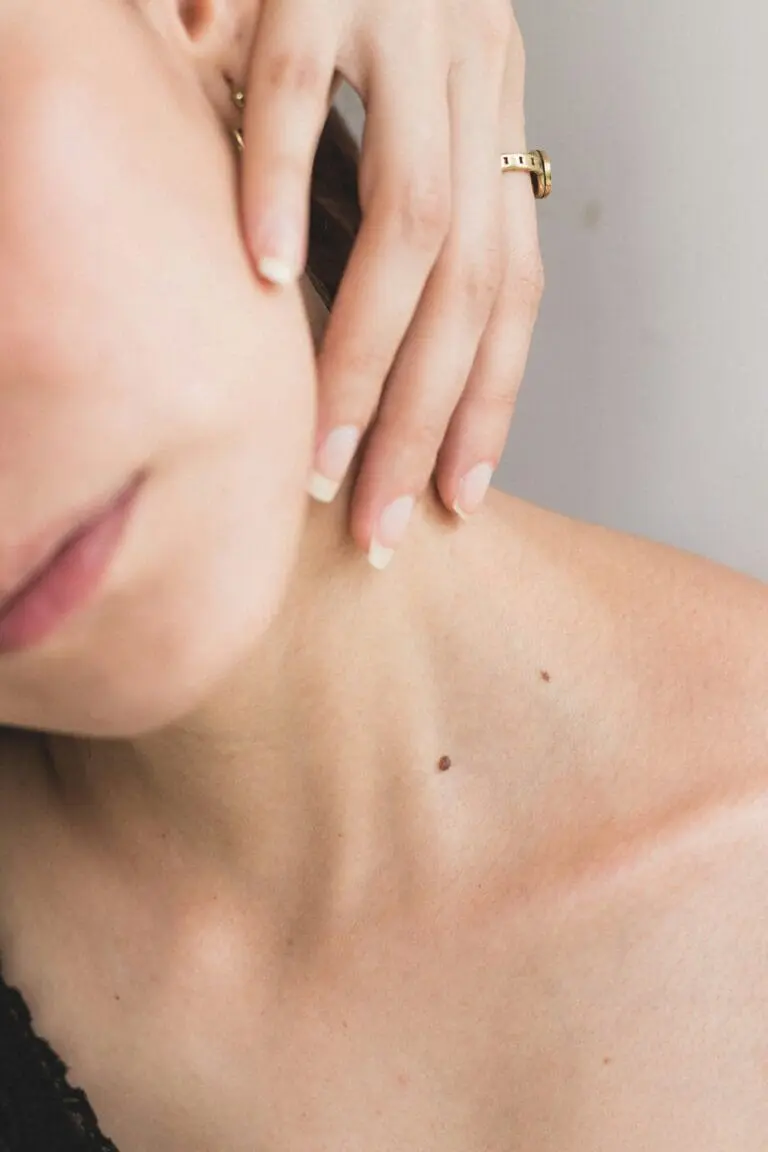5 Sun Safety Tips to Keep Cool This Summer

Who doesn’t love some sunshine? Sunshine can make you want to head outdoors and get active or jump in the nearest body of water to cool off. Lake days are the best days. Outdoor activities are most common in the summer, with socialization at its peak with people enjoying the warmer weather. The sun can be brutal sometimes, so make sure you are prepared for it and plan accordingly to stay safe and cool in the heat with these sun safety tips!
1. Avoid Sickness From Heat
Did you know that too much heat can make you sick? When your body doesn’t have the ability to cool you off in extreme heat, it can cause you to become physically ill. Over 700 people die of a heat-related illness in the U.S. every year. Children under two and over 65 are at the most risk for heat-related illness. Other factors to include are high humidity and personal factors such as dehydration and other diseases when exposing yourself to the heat. Take the proper steps to ensure you are able to cool off in high temperatures.
2. Sun Safety For Kids
Children love to play outside, and to an extent, it’s good for them. The sun provides Vitamin D and a little fresh air is suitable for everyone. The sun can also be harmful if we don’t take the necessary precautions to protect ourselves from it. Kids significantly can be harmed by the sun when they don’t know when to seek shade or when to avoid the sunshine. Heat exhaustion and stomach cramps are common when exposed to high temperatures without proper hydration.
The risk of skin cancer doubles in later years when children are exposed to only a few severe sunburns. Sunglasses should be worn outdoors to protect the eyes from harsh sunlight and damage it could cause. Overheating can cause dehydration, blisters and burns, peeling of the skin, and even flu-like symptoms in children. Ensure your children are well-protected while playing outdoors when the sun is shining.
3. Avoid Strongest Rays
Sun exposure is the biggest culprit of skin cancer. There are over 1.3 million cases of skin cancer diagnosed in the U.S. each year. UV rays from the sun can damage your skin in just 15 minutes. Blondes and redheads with blue or green eyes are most susceptible to the sun’s harmful rays. Everyone should take necessary precautions and avoid the sun’s most powerful rays in the middle of the day. From 10 am to two pm, the sun projects the most powerful UV rays. Watch out for these and ensure you’re protected if you’re directly exposed during these peak hours. Mild sunburns are common but severe burns have the potential to make you sick. They can cause blisters, weakness, stomach cramps, headaches, chills, and a rapid pulse rate.
4. Beat the Heat
Sunscreen shouldn’t be applied to children under the age of six months. They should be kept in the shade and adorn protective clothing. Children older than six months should wear sunscreen regularly when exposed to the sun. Doctors recommend sunscreens with an SPF of 30 or higher. Remember to reapply if you are swimming or sweating a lot. Cloudy days can trick you, but just because you don’t see the sun doesn’t mean it can’t harm you.
Wear your sunscreen no matter what the sky looks like in high temperatures. Wear protective clothing. Wet clothes offer less protection than dry ones do, so be sure to change out of wet clothes when you can. Loose-fitting clothes provide the best protection. Last but not least, make healthy lifestyle choices. Avoid things that can cause damage to the elastin and collagen in your skin, like smoking. A healthy diet can also help your overall health and protect you from illness that heat can cause.
5. Healthy Summer Habits
The sun’s intensity is the greatest in summer, so use caution when outdoors. Form healthy habits to stay safe in the hottest part of the year. Choose sunscreen and sunglasses that block UVB and UVA rays. Switch up your workouts by exercising in water or staying indoors in air conditioning rather than running outside. Make sure you take advantage of the shade outdoors and drink plenty of water to stay hydrated.
Watch for signs of hypothermia in older people when your body can’t respond to the heat as efficiently as it used to. Heat stroke, when your body temperature goes about 104 degrees, can be life-threatening and requires medical treatment. Don’t exercise in the middle of the day, and ensure you’re drinking plenty of fluids. Plan activities for evenings and early in the morning before the sun is at its brightest and most dangerous.
Have Some Fun
Grab your sunscreen and plenty of water and get out there and have some fun with these sun safety tips! Be safe and enjoy your summer









